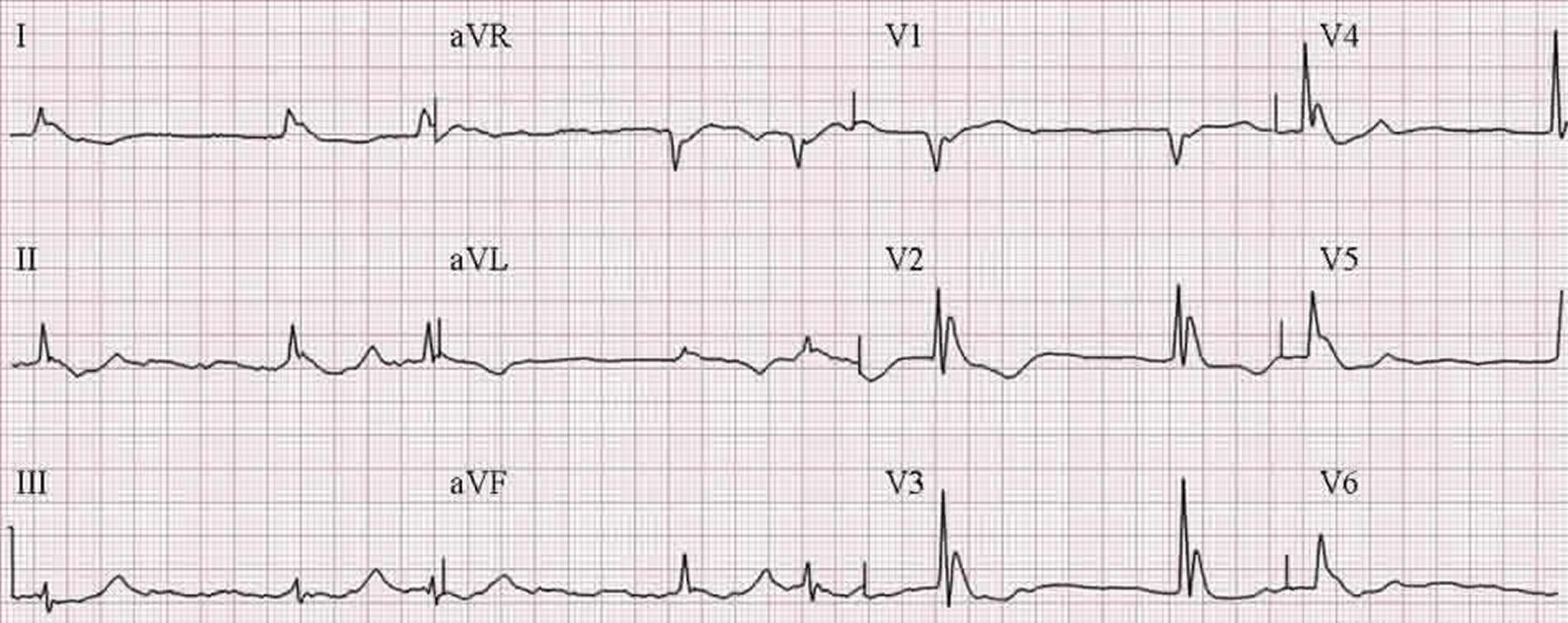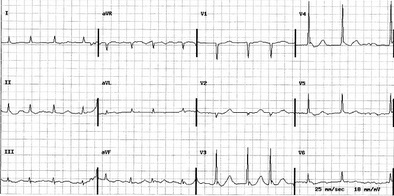Hypothermia electrocardiogram
|
Hypothermia Microchapters |
|
Diagnosis |
|---|
|
Treatment |
|
Case Studies |
|
Hypothermia electrocardiogram On the Web |
|
American Roentgen Ray Society Images of Hypothermia electrocardiogram |
|
Risk calculators and risk factors for Hypothermia electrocardiogram |
Editor-In-Chief: C. Michael Gibson, M.S., M.D. [1]
Overview
Electrocardiogram
- Osborn waves may appear on the ECG for temperatures less tahn 91.4 degrees Fahrenheit (33 degrees Celsius)
- There is a slowing of the sinus rate
- Prolongation of the PR interval and the QTc
- Prolongation of the QRS is often due to the appearance of the J wave
- The most typical finding is the appearance of the Osborne J wave, an extra deflection between the QRS complex and the T wave.
- Consistently found when the temperature falls below 25 degrees Centigrade.
- More prominent in the left precordial leads
- Increases in size with decreasing temperature
- Caused by a current of injury, delayed ventricular depolarization, or early repolarization
- About 50 to 60% of these patients develop atrial fibrillation. VF may also occur.

